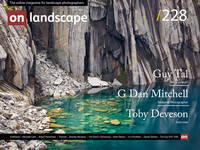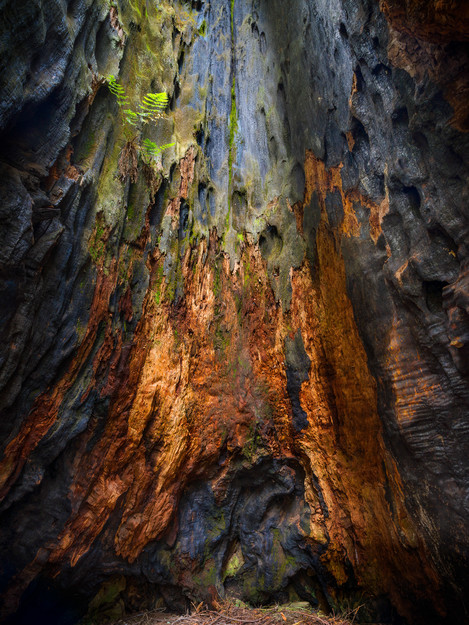The Curse of Habitual Seeing and Re-Presentation
I love the medium of photography, for with its unique realism it gives me the power to go beyond conventional ways of seeing and understanding and say, ‘This is real, too.’ ~Wynn Bullock
Of the many uses for photography, art is to me the most interesting and rewarding—both to view and to create. Considering works of art in terms of aesthetics alone, or expression alone, I admittedly can think of many more paintings and musical scores I would rank higher than even my favourite photographs. I am enamoured with artistic photographs—photographs expressing concepts beyond just representing (literally re-presenting) appearances—not because they are more beautiful or more expressive than works in other media, but because they are more challenging to make. The reason is that, unlike artists working in other media, photographic artists must first reconcile the paradoxical—in some ways antithetical—relationship between photography and art.
Photography is a medium designed to replicate objective, realistic, appearances, while art—at least of the last couple of centuries—is concerned with giving subjective expression to human creativity and imagination. Photographs are assumed by many to be literal representations, whereas art often conveys meaning by way of symbols, metaphors, and abstractions that require transcending or even repudiating realistic appearances. Photographers often are preoccupied with “rules,” while the nature of artistic temperament is to defy, to resist, and to oppose rules. For many photographers, the “how”—allegiance to the mechanics of making photographs—is of primary importance, sometimes to the detriment of the “what”—the concept and intent underlying the work, whereas for most artists in other media processes and materials generally are just means to expressive ends, their usefulness and importance being their plasticity and malleability: how well they lend themselves to manipulation rather than impose restrictions.
As a result of these contentions, photographic artists must always strike some balance among competing allegiances—to the medium, to creative expression, to common expectations and prejudices, to artistic freedom, to objective representation, to subjective intent.



